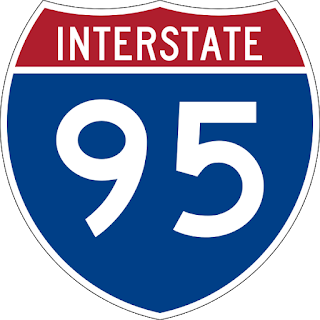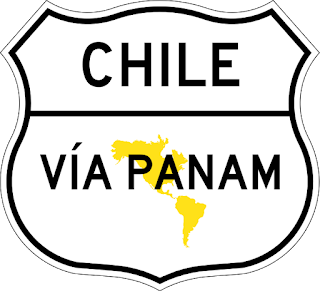 |
| The Chicago River Flows Through The City of Chicago |
Chicago is a city with a lot of history. Chicago’s first permanent resident was a trader named Jean Baptiste Point du Sable, a free black man from Haiti, who settled in the area in the late 1770s. Fort Dearborn followed In 1837 the Illinois and Michigan Canal was opened connecting the Great Lakes with the Mississippi River. It grew as a transportation hub as it became an interchange of several train lines due to the access to the canal. The transportation access led to a huge meat packing industry as well as varied manufacturing and sales. Sears was founded here and remains a significant company to the local economy.
 |
| The Great Chicago Fire of 1871 |
 |
| St Valentines Day Massacre |
The repeal of prohibition and the arrest of several major crime figures ended the gangster era in Chicago. Chicago though retains a reputation for questionable political practice and machinery, In the 1960's, when the city was host to the Democratic National Convention, riots occurred between peace protesters and the city police who were televised nationally exhibiting police brutality and unwittingly contributing public opinion to the anti-war movement. Today Chicago still has a certain reputation for crime as street gangs in the Chicago housing projects are reported to be some of the best organized and most vicious gangs in the country.
In addition to its colorful history, Chicago is know for food. Chicago deep dish pizza is world famous. New Yorkers will always say they make the best pizza but many a fan of Chicago style pizza will say otherwise. The Chicago Dog is also iconic with its mustard, neon green relish and dill spear. People also relate Chicago to weather. The wind off of Lake Michigan is famous enough to earn the city the moniker "The Windy City". Every winter sever storms make national news as the wind brings blizzard conditions to the city.
Chicago is a sports town as well. The Bulls, The Bears, The White Sox, The Cubs, The Blackhawks all call Chicago home. Chicagoans take pride in their teams and every one I have ever met was a devout sports fan, even fans of the Cubs who notoriously can't seem to stay involved into the playoffs, even if they do have one of the nicest ballparks in the country..
Chicago is also a music town. That's where we can really dig in, and we will in future posts. During World War II, many southern blacks left the Mississippi delta and relocated to the Chicago area. This led to a the development of a lively Blues music scene. Here is a short list of notables from Wikipedia:
Needless to say,we have a treasure trove of music to explore in Chicago. Stay with me as I continue my exploration of the city at the start of Route 66 next Saturday. And join tomorrow for a little bit more curio hunting in Tijuana Mexico, off old Highway 101.Well-known Chicago blues players include singer/songwriters such as Muddy Waters, Howlin' Wolf, Willie Dixon, Earl Hooker, Slim Harpo and Koko Taylor; guitar players such as Freddie King, Otis Rush, Luther Allison, Magic Sam, Magic Slim, Syl Johnson, Jimmy Rogers, Buddy Guy, Robert Lockwood Jr., Bo Diddley, Mike Bloomfield, Homesick James, Johnny Shines, Johnny Young, Floyd Jones, Eddy Clearwater, Mighty Joe Young, Billy Boy Arnold, Phil Guy, Lil' Ed Williams, J. B. Hutto, and Elmore James; harmonica players such as Big Walter Horton, Little Walter, Charlie Musselwhite, Paul Butterfield, Junior Wells, Corky Siegel, Billy Branch, James Cotton,[6] and Jimmy Reed; and keyboardists such as Otis Spann, Lafayette Leake, Blind John Davis, and Erwin Helfer[7]
Chicago Blues Legend, Muddy Waters
And Now A Word From Our Sponsor...
If you like what you have read here I'd like to ask you a favor. If you purchase any item on Amazon after you link to them in the Amazon banner below, I will get a little something from them. It doesn't cost you any extra and I cannot see what you have purchased.
With your help, I can keep the show on the road for you.
With your help, I can keep the show on the road for you.
You Can Give me a Karma Donation Via PayPal
Keep Traveling!
To read more Old Highway Notes, choose an off ramp and click on the highway sign:
Vista Points
Be social, Get more info, View our YouTube playlist and more










No comments:
Post a Comment